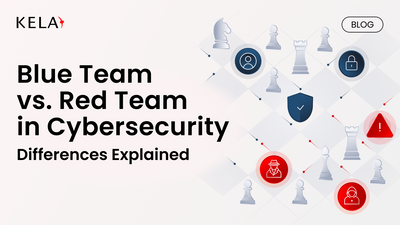CTI Fundamentals
Cyber threats are a daily reality for organizations of all sizes. To effectively defend against the relentless barrage of attacks, from ransomware to espionage, proactive, actionable insights are crucial. That's where Cyber Threat Intelligence (CTI) comes in.
Security Operations
What Is the Definition of Credential Compromise? What You Should KnowCredential compromises give attackers access to systems using stolen login details, often without immediate detection. This blog explains what is the definition of credential compromise, and ways to rJuly 20, 2025


